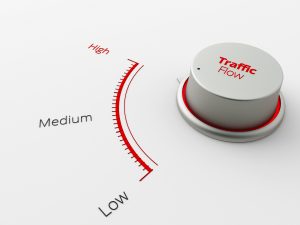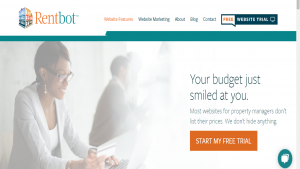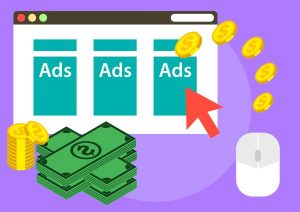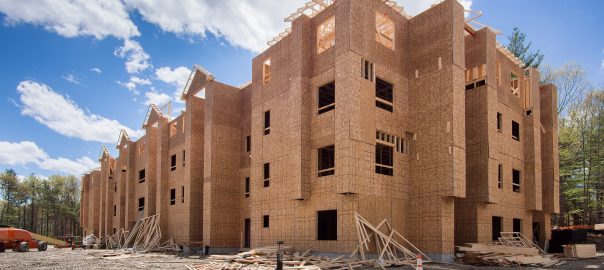
Is it a tracking issue, optimization problem, site failure…?
If this has happened to you before, you probably know all too well the mix of emotions that soon follows–shock, confusion, anger, then more shock–before transitioning to problem-solving mode. While all of these emotions are very natural reactions to have in these circumstances, if you find the time to take a long “woosah,” you’ll then soon realize that you’re already equipped with all of the investigative tools you’ll ever need to crack the case.
Don’t sound the alarm just yet, traffic dips are never fun experiences; but, with the right tools and approach, you’ll be able to spot the culprit in no time. Just ask yourself these five questions:
Where exactly is your decline?
First things first, you’ll need to take a detailed look at the actual traffic drop through Google Analytics. Is the decrease impacting mobile users, web users, or both? How long has the decrease been taking place? Then, take a dive into your traffic sources to determine where you’re actually losing the traffic–is it with direct, organic, paid, or social users? Once you uncover the impacted traffic segments, you’ll then be able to continue your diagnostic efforts.
Did your website undergo a major change?
The next place you need to venture is the actual website itself. Is the site actually working as it should? Were changes to navigation or site structure recently made–or, better yet, perhaps a site redesign? Are any redirects broken? Try to think back to the very last change that was made to the site, content included. Sometimes modifications, even the smallest, can result in major impacts to your traffic if done improperly or without the adequate research. If you’ve answered yes to any of these questions, you may be well on your way to determining the culprit of your traffic loss.
How are your keywords ranking?
Sometimes your traffic may have declined simply because you’re no longer showing up as highly in the SERPs. In these cases, you’ll need to take a peek at your keyword rankings to ensure your search volume hasn’t changed over time. You’ll also want to take a peek at your competitors’ rankings as well to make sure you have not been outranked, or worse, outbid.
Did you miss a recent Google update?
In addition to being a leading online search tool, Google is also famous for its many, many, many updates. Though understandably necessary, Google has transitioned from the infrequent major updates to smaller, more frequent ones. To determine if one of these updates is the culprit of your traffic dip, you’ll need to pinpoint the date your traffic began to take the plunge, including the specific URLs impacted. Then, you’ll need to review the most recent algorithm changes with Google to match the impact with the change. It may also be helpful to review a few top webmaster news sites, as you are not likely to be the only site impacted. Trust, if there was a major Google update, the chatter will be spreading like wildfire.
Have you gone mobile?
It’s no secret that Google’s algorithm favors those sites that are optimized for mobile. While desktop-only sites can still be a major player in the SERP game, those sites designed with mobile in mind will always have the upper advantage. So, if you don’t have a mobile-friendly version of your site, this could be the missing puzzle piece you’ve been searching for. Perhaps one of your competitors recently took the mobile plunge, forcing you to take the infamous plunge in your traffic.
Rentbot can help.
At Rentbot, we design websites for your multifamily properties that attract, convert, and retain tenants. To attract tenants to your property, they need to first know how to find you–that’s where we come in. We improve your Google website ranking and optimize your property ads so that your property is noticed by the right tenants at the right time. And what’s even better, you can leave your Sherlock coat on that rack and skip straight to the bubbly because our in-house support team, who just so happens to be Google-certified, will be by your side every step of the way.
Leave the website woes to the pros. Partner with Rentbot, and we’ll knock out that low website traffic with a one-two punch–we guarantee it.
About the Author
Jonsette Calloway joined the Rentbot team in 2015. With a background in public relations, advertising and copywriting, she has helped a multitude of clients achieve their marketing and communications goals within various fields, but she particularly enjoys working with the apartment industry.










